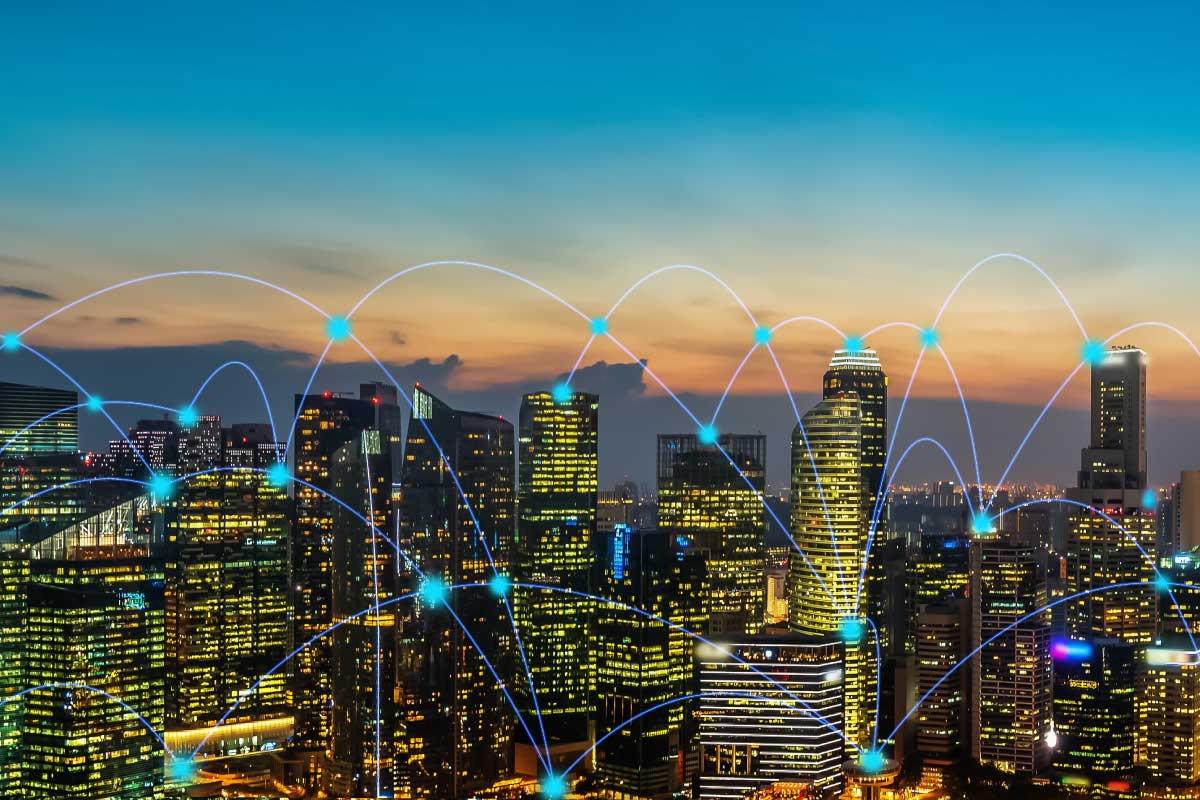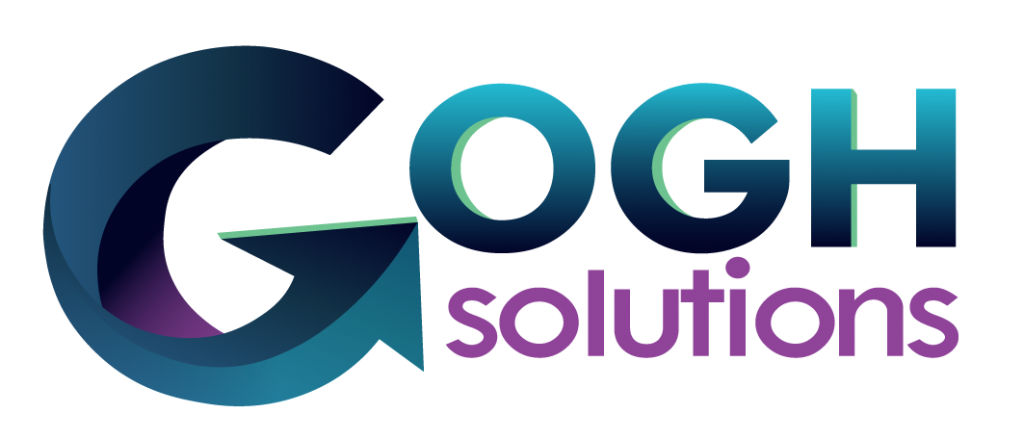IOT is Changing the Way Your Industry Does Business: Are You Ready for It?
 The evolution of IoT via connected devices, drones, and wearable technology is changing how businesses deliver their services. This goes beyond modifying day-to-day operations, as it impacts both B2B and B2C interaction and relationships.
The evolution of IoT via connected devices, drones, and wearable technology is changing how businesses deliver their services. This goes beyond modifying day-to-day operations, as it impacts both B2B and B2C interaction and relationships.
Where is IOT Being Leveraged?
If you’re not familiar with the Internet of Things (IOT), to summarize, it’s technology communicating with technology—like changing your home’s temperature while you’re in bed by using a smart thermostat and the thermostat’s app on your phone.
This negates or lessens the amount of interaction needed in person, and businesses are able to do this on a much larger scale; for example:
- Monitoring assets remotely, including offshore or international assets
- Real-time notifications when device maintenance is needed in a customer’s home
- Knowing the exact location and condition of equipment being used by technicians
Healthcare, Oil & Gas, Home Services—if you can name it, IOT is now involved, and has become more widely used since the beginning of the pandemic.
The Knock-On Effect
The prevalence of IOT in today’s market, across all industries, means it’s become the standard as far as customer expectations.
Think about the thermostat example in the section above. If you’ve experienced being able to change your thermostat from bed, as you pull into your driveway, or while you’re on vacation—and then have to go back to manually changing it being your only option—you know what you’re missing.
- Clients that know what they’re missing and have a better option will go for that other option, and more clients know what they’re missing than ever before.
For B2B interactions aided by IOT technology this means things like:
- Better SLA adherence
- Providing preventative maintenance that ensures your customer experiences minimal down-time
- And loses less time going back and forth to get things scheduled and resolved
- Knowing what is needed when, so that your technicians can focus on the customer relationship instead of diagnostics
For B2C interactions aided by IOT technology this means things like:
- Customers being able to fix the issue themselves immediately via remote assistance
- Exact timelines for repairs and maintenance because your business already knows the issue and what parts are needed
- Again, more time for customer relationship management instead of diagnostics
Prepping Your Business for an IOT Upgrade
We know that the cost of infrastructure and the amount of effort needed by internal resources for a successful implementation are two of the major holdbacks for organizations looking to upgrade their IOT capabilities.
Starting off with an operational and budgetary review can give you a much better idea of issues that need to take priority, and how you can best address them—as well as give you an idea of what your project scope will look like. Remember that ROI will always impact your long-term project budget, and that needs and wants (like IOT capabilities) will often align.
Get advice, get a plan, and get your long- and short-term goals in order. Even if it’s phase by phase, you can get your organization headed towards a solution that will deliver what your customers are looking for.
The IFS IoT connected field service solutions enable you to use IoT to analyze data from connected devices and perform actions that can result in service level improvements and cost savings. This solution automatically scales to handle large amounts of data when required.
Need help finding that solution? Contact us.
